
Scary Hiking Stories That Will Make You Want To Stay Indoors
There’s something indescribably wonderful about heading out into the Great Outdoors. The fresh air, the sounds of nature, the birds in the trees, the garbage on the ground… wait, what?
It turns out that not everyone subscribes to the theory that what you carry at the beginning of a hike should be taken with you and disposed of properly at the end of it, and according to Time, it’s a problem that only got worse after the 2020 pandemic lockdowns started being lifted. Want to talk about some scary stats? The CEO of the Solid Waste Association of North American described the problem like this: “There is garbage freaking everywhere.”
And it was already bad. In 2019, National Geographic reported that government shutdowns had left parks open but largely unattended, leading to problems like overflowing garbage cans and piles of garbage — a problem that was only going to add to the park service’s “maintenance backlog,” a list of necessary upgrades, repairs, and other forms of maintenance that, at the time, added up to a whopping $11 billion worth of chores.
The state of our national parks isn’t just heartbreaking, it’s terrifying: What would the country look like without them? That’s something no one should ever have to find out, but let’s talk about something that’s also scary: hiking. Why? Because of all kinds of stories like these.
Australia's worst serial killer stalked the country's backpackers
When Ivan Milat died in 2019, it wasn’t his loss that was mourned, but the fact that it was now likely that he would never concretely be tied to the victims he was only suspected of murdering.
According to the Guardian, in 1996 Milat was convicted of murdering seven hikers in Australia — all aged between 19 and 22 years old — but it’s suspected that his true victim count was closer to 20.
The killings that he was convicted of started in 1989, with the disappearance of Deborah Everist and James Gibson. Other victims disappeared while backpacking across Australia, and the killings went on for four years before a connection was made. When Everist’s and Gibson’s bodies were finally found in the Belanglo state forest in 1993, the handful of suspects got smaller — partially with the help of Paul Onions, a backpacker who had hitched a ride with Milat and escaped an attack.
Milat’s trial took 18 weeks, and he was given seven consecutive life sentences. Up until his death, possible victims’ families still continued to hold out hope that he would confess to more murders. He didn’t.
There’s a terrifying footnote to the story, too. In 2010, his great-nephew, Matthew Milat, headed into the Belanglo state forest with a friend, then murdered him. He is reported as saying “You know me, you know my family. You know the last name Milat. I did what they do.”
Sometimes, the ghost stories have real origins
A ton of stories have taken shape along the shores and in the depths of Washington’s Lake Crescent over the centuries, and Backpacker says the trails along the lake are among the most haunted in the country. There have been numerous sightings of the ghostly form of a woman drifting across the surface of the lake. She might not be just a tall tale, though. The lake was the site of a gruesome murder, and the ghostly lady is thought to be the victim’s restless spirit.
According to Olympic National Park Trips, it started in 1936. That’s when a barmaid named Hallie gave love another go and married Monty Illingworth. The relationship was an abusive one from the start, and in less than a year Hallie disappeared amid rumors that she’d run off with a sailor. No one really believed it, but Monty moved away. And Hallie? Her body didn’t surface until 1940, when her perfectly preserved remains floated to the surface of the lake.
Hallie’s body had undergone a process called saponification, which turned her flesh into something like soap and earned her the name “the Ivory soap corpse.” But fortunately for our understanding of what happened, the process also preserved signs that Hallie had been strangled before being dumped into the lake. It also preserved the rope that she’d been weighed down with, leading to an investigation that pointed right to Monty — who headed straight to jail. He was paroled after a few years, and some hikers who visit the lake say Hallie is still there.
California's hiker-hating serial killer
California might be a great place to enjoy some gorgeous scenery, but between 1979 and 1981, trails near San Francisco were posted with signs warning people not to hike alone. “Women should be especially cautious,” they read.
That’s because there was a serial killer preying on those he met on the trails. By the time David Carpenter was arrested, he had killed at least 10 people, according to Strange Outdoors, and it’s entirely possible there were more victims.
Edda Kane was the first of Carpenter’s known victims — he attacked her while she was hiking on Mount Tamalpais. Just a few months after her death in August 1979, a group of golfers ignored the screams they heard coming from a trail in Golden Gate National Recreation Area. Mary Francis Bennett had been out jogging near Land’s End when she was stabbed 25 times. Her body was found by hikers who followed a trail of blood to the shallow grave where she’d been dumped.
The killings escalated, but it wasn’t until July 3, 1981 that police arrested Carpenter, a man who SFGate says was the exact opposite of the profile that psychologists had created. Carpenter had already been on police radar: Kane’s murder happened just three months after Carpenter was released to a halfway house after serving just two and a half years of a seven-year sentence for kidnapping, sexual assault, and robbery. He had previously served a nine-year sentence for attacking a woman with a hammer.
The Cherokee tale of Spearfinger
Only In Your State calls the Smoky Mountains of North Carolina one of the eeriest places to hike in the country, and while there are plenty of spooky vibes all across the area, it’s Norton Creek Trail that’s supposedly the home of Spearfinger.
First People says that the Cherokee who originally told the tale called her Utlun’ta, and while she was capable of taking a wide variety of forms, her true one was an elderly ogress with skin that was so hard it was impenetrable. Also known as Nun’yunu’i, or Stone-dress, she had one extra-long finger that she could use as a spear — and she did.
Her favorite targets were children who were out on the trails, but she preyed on anyone and everyone. Legend has it that she could kill her victims quickly with one fatal stab, or slowly with a deep, penetrating wound that caused no pain, letting her victims waste away after she stole their livers.
Until, that is, the locals had enough. After suffering countless losses to the ogress, a group of warriors dug a pit across one of the trails she frequented. Luring her in with a campfire — and the promise of victims — they were finally able to kill her. A chickadee landed on her hand and showed the warriors where to aim their arrows. They did, and the witch was no more.
Remember: Life is a precious gift
Aokigahara is a forest about 100 miles from Tokyo, and while it’s a beautiful place that attracts hikers from all over the country and beyond, those who venture into the woods are likely to find something that speaks to the area’s dark nickname: the suicide forest.
According to the Washington Post, the forest is filled with memorials in the form of personal effects and photographs. It’s also not uncommon for hikers to stumble across a body. Hikers looking to explore Aokigahara can hire guides, a job that appears less peaceful than being a ranger or forest guide elsewhere. National Geographic reports that one guide, Toru Kurihara, found 36 bodies in a span of just 37 days.
It’s such a popular destination for those looking to take their own life that the trails are filled with signs reminding people that “The life you were given from your parents is precious,” and pleading with people to meditate on what they’re planning on doing and encouraging them to talk to someone instead.
The last time authorities released statistics was in 2010, when 247 people attempted to take their own life in the forest and there were 54 confirmed deaths. According to National Geographic, the forest’s connection to suicide goes back to ancient folklore, it is said that families would leave elderly relatives there to die in a practice called ubasute. Add in a few pop culture references of suicide, and the forest became infamous for it.
If you or anyone you know is having suicidal thoughts, please call the National Suicide Prevention Lifeline at 1-800-273-TALK (8255).
Finding bodies isn't as uncommon as you might hope
Away from Aokigahara, what are the chances of finding a dead body while out on a peaceful nature walk? Let’s look at a few examples.
In 2019, hikers found human remains on a California mountain, and it was soon determined that they were the body of Giichi Matsumura. According to the New York Times, in 1945, Matsumura had left an internment camp to go on a hike. He planned to stop and paint, but was caught in a freak storm and killed. The odd footnote is that he had been buried on the mountaintop due to rough terrain making it hard to move the body. His granddaughter was “overwhelmed” that he had been “found.”
In another example, two people were hiking along the Ward River in Dublin in April 2020 when they discovered bones and called authorities. It was determined that the skeleton dated back to the 15th century (via the Irish Post). The following year, a hiker on the other side of the globe, in Burbank, California came across skeletal remains that had been lying along the trail “for quite some time,” according to NBC.
More tragically, sometimes hikers set out to find bodies. In August 2021, the BBC reported that Daniel Colgate had discovered the remains of his girlfriend, Esther Dingley. Dingley had been hiking alone in the Pyrenees when she disappeared in November 2020. It wasn’t until April that the weather cleared enough for Colgate to begin his search for her, and after covering hundreds of miles on foot, he discovered her body.
Witches, and spirits, and spectres, oh my!
The Brocken is the highest peak in Germany’s Harz Mountains, and a ton of tales have been told about the witches, goblins, and ogres that live among its trees. There’s one that’s absolutely real, though, and it’s the Brocken Spectre.
EarthSky says sightings of the spectre go back to at least 1780, when it was first described in detail by a theologian named Johann Silberschlag. It’s been there for a lot longer, though. According to German stories, it’s so terrifying that when one man — who was out hiking on a foggy early morning — saw the spectre looming down the path ahead of him, he leapt off the mountain to his death rather than face the eerie shade before him.
The Guardian explains that the spectre is an optical illusion created when the right combination of sun and fog results in a person’s shadow being projected onto a cloud and ringed by a surreal, rainbow-colored aura. It’s commonly seen in the Harz Mountains, but has also been observed on the U.K.’s Burley Moor, and it’s such a creepy thing to see that even when they know the science behind it, it still makes some people literally terrified of their own shadow. And it’s no wonder: It’s not so much a human shadow as it is an elongated, long-limbed form with a tiny head. Even if you know how something’s created, it doesn’t always make it less scary.
Bring a toy for Ottie Cline Powell
The Appalachian Trail goes through 14 states — from Maine to Georgia — and covers nearly 2,200 miles. Those who visit Bluff Mountain while hiking the trail are reportedly kept awake at night by the spirit of a little boy who died there in 1891.
Thru-hikers report a number of odd occurrences happening around the Punchbowl Mountain shelter, including one who swore (via Podium Runner) that he woke in the middle of the night to see the little boy standing in the corner. In the morning, all of the hiker’s clothes had been neatly folded, and a pile of dried chestnuts had been set out for him. Others report being awakened by someone poking them and seeing a little boy running ahead, just out of sight. They know exactly who it is, too: little Ottie Cline Powell.
According to Blue Ridge Country, Powell was just about to turn 5 years old when his teacher sent him and a few other students out to gather firewood on a cold November day. (This was, after all, 1891.) He never returned.
Search parties scoured the mountain, but it wasn’t until the following April that a group of hunters found his remains. He was buried on his parents’ property, and even though the family moved away, those who stayed remembered him with a memorial built where he died — 7 miles from his schoolhouse. There’s a bronze plaque there today, and according to many, many hikers, his spirit remains there, too.
What happened at Dyatlov Pass?
In the early days of 1959, the remains of nine hikers were discovered on the Soviet Union’s ominously named Dead Mountain. They had cut their way out of their tent from the inside, leaving behind neatly folded clothes and provisions.
When they were found, the bodies were in different yet terrifying conditions. Most were half-dressed and had broken bones, some were missing eyes, and one woman was missing her tongue. The official cause of death was hypothermia, and the so-called Dyatlov Pass incident became the stuff of conspiracy theories and tall tales.
In 2019, the BBC reported that Russian authorities were reopening the case, and investigators looked at 75 theories that had sprung up around the incident. In 2021, researchers from the Snow and Avalanche Simulation Laboratory in Switzerland published results of a study, outlining what they determine to be the most plausible explanation (via LiveScience).
They explain that the tent was pitched in a hollow that the hikers had carved into the mountain, and it’s posited that fresh snowfall and winds triggered a slab avalanche that sent the nine scrambling from their shelter and into the freezing cold. Is this what really happened? It’s unlikely that anyone will ever get confirm for sure, but lead researcher Johan Gaume took something else away from the incident. “…they took care of their injured friends — no one was left behind. I think this is a great story of courage and friendship in the face of a brutal force of nature.”
The strange effects of Hoia Baciu
Transylvania might be best known for Dracula, but it’s entirely possible that the most terrifying place in Romanian region is the forest known as Hoia Baciu.
The Guardian says that few know the forest better than guide Alex Surducan, and even he won’t spend the night there — not after one overnight visit in which he was kept awake by the sound of hoofbeats outside of his tent. Surducan says (via the Independent) that the forest was named after a shepherd who disappeared there along with his flock of 200 sheep, and there are so many stories of mysterious disappearances that it’s known as the Bermuda Triangle of Romania.
An abnormally high number of hikers describe being overwhelmed with feelings of nausea and anxiety while in the forest, and those with electronic devices that still work there have captured eerie photos. Some capture shadowy figures and hovering lights, and there’s a man in traditional Romanian dress that shows up a lot, too.
Then, there’s the area known as the Clearing. It’s exactly that — a clearing where none of the forest’s thick trees will grow. The trees on the outskirts of the clearing are misshapen and twisted, and no scientific explanation has been found for this, nor for the empty space. Surducan might not want to spend the night there anymore, but he starts his tours with a philosophical warning: “The forest is only haunted if you bring your own ghosts.”
The terror of James Jordan
The Appalachian Trail Conservancy says that violence rarely breaks out among the hikers covering the thousands of miles along the way, but that doesn’t mean it doesn’t happen.
In May 2019, when James Jordan stabbed and killed Ronald Sanchez in Virginia, it made the war veteran the 10th person to be murdered along the trail in the 45 years the agency had been keeping track of that sort of thing.
According to the New York Times, hikers had already been spreading warnings to each other about Jordan, who had been harassing people along the way. He pulled a knife and an ax on hikers in Tennessee, and in Virginia, he told four hikers that he was going to burn them alive in their tents. He pulled a knife on them, too, but they escaped. A woman who was camping in the same area as Sanchez was stabbed by Jordan, but managed to escape and then — with the help of other hikers — walk 6 miles to get help.
Jordan was arrested and charged with Sanchez’s murder, but was ultimately found not guilty by reason of insanity. Both prosecutors and the defense agreed, saying Jordan “could not appreciate the nature and quality of his actions, and therefore he met the legal standard for insanity.”
Saved by a dead man
In 2006, a couple known only as Brandon and Gina told D Magazine the story of their fifth date — and to say it was harrowing is a massive understatement.
The goal, they said, was to take a tram to the top of Mount San Jacinto and hit the bar there. Easy enough, right? But after an impromptu snowball fight got them turned around, they went from being surrounded by other people to trying to determine which direction voices were coming from to completely and hopelessly lost.
With no supplies or gear, they found themselves facing nights where the temperatures dipped nearly to freezing. Friday turned into Monday, and that’s when they came across a campsite. Here, they found personal effects, including a driver’s license that gave them the name of the man the gear belonged to — John Donovan — and a journal outlining his last wishes. It ended with “Goodbye and I love you all.”
In the journal, Donovan wrote that he was trapped in a gorge, and Brandon and Gina quickly realized that they, too, were now trapped between the mountain they’d just descended and a 300-foot waterfall.
However, they had Donovan’s gear, which included matches that they used to start a fire. This ultimately attracted the attention of one of the helicopters that was out looking for them. They were both rescued, and when they recounted the story of the campsite, a team returned to recover Donovan’s body. As he requested in his journal, Donovan was buried in a military cemetery in Virginia.
The Wailing Woman of the Grand Canyon
The Grand Canyon is one of the most breathtaking wonders of the American landscape, and according to Podium Runner, there are 54 trails hikers can opt to take when they visit. There’s only one, though, where hikers have reported seeing and hearing the Wailing Woman.
So many people have seen her — from day hikers to park rangers — that it’s kind of gotten to the point where even skeptics need to wonder if there’s something going on here. She’s always reported to be wearing a white dress decorated with blue flowers, and has a scarf covering her hair.
The Wailing Woman is said to be the spirit of a young woman who moved to the Grand Canyon in the late 1920s. She, her husband, and their young son lived at the newly built Grand Canyon Lodge until tragedy tore their little family apart. Father and son were out hiking when a storm swept through, and both were killed in a fall from Transept Trail. Unable to come to terms with their tragic deaths, the woman took her own life, and her spirit continues to wander the trail where she once searched in vain for her beloved husband and son. They were just two of the more than 700 people who have died at the Grand Canyon since the middle of the 19th century.
The lodge where the woman died burned in 1932, and witnesses claimed to have seen her walking among the flames. One door in the rebuilt lodge slams shut every time it’s left open.
Aron Ralston's sacrifice for survival
Aron Ralston’s story was shared with the world in the 2010 film “127 Hours,” and according to the Guardian, it needed no embellishment.
In 2004, Ralston headed out for what he thought was going to be an eight-hour hike, covering about 13 miles through Utah’s Bluejohn Canyon. When he accidentally knocked loose an 800-pound boulder and found his hand pinned beneath it, he had the bare minimum he needed to survive.
Search and Rescue veteran Rex Tanner talked to National Geographic about the incident, and while he had high praise for Ralston, he was also quick to point out that the hiker had made a huge error: He didn’t tell anyone where he was going. Ralston was only too aware of this, and saw only one solution to his situation: to amputate his own arm. The skin was just the beginning, and he went to break through his bones by throwing himself against the rock and snapping off that part of his arm he couldn’t cut through.
Ralston says that the whole process of removing his arm took about an hour, and by that time, he’d already been trapped beneath the boulder for five days. After tying a tourniquet, he scaled a 65-foot cliff and started what he knew would be a 10-hour hike to safety. He was aided by a group of hikers until they were found by a search-and-rescue helicopter. Ralston has since gone back to the place he was trapped, saying “I touch it and go back to that place, remembering when I thought about what’s important in life.”
A 5,000-year-old murder mystery
In 1991, Erika and Helmut Simon were on holiday in the mountains on the border between Italy and Austria. When they headed out for a hike on September 19, they probably never expected to find a body, let alone the 5,300-year-old remains of a murder victim.
Otzi the Iceman was recovered four days after he was first spotted by the unsuspecting hikers, and his murder investigation was officially reopened by Italian authorities in 2017.
According to the BBC, it took a decade before researchers found the arrowhead that killed him: it was still in his back. When Munich Police Department’s Detective Chief Inspector Alexander Horn took a look at the evidence, he concluded Otzi had been caught unaware when he was shot from a distance of at least 100 feet. Given that he was found alongside his weapons and had defensive wounds on his hands, it led Horn to speculate he’d fought with his killer earlier, then was ambushed.
Even more surprising were the findings published in 2019 (via National Geographic). A study of the mosses and pollens around Otzi and in his digestive tract showed he had done quite a bit hiking himself in the days leading up to his death. Although he was discovered at a site 10,530 feet above sea level, he had ingested pollen from 8,200 feet about 33 hours prior. About 10 hours before he died, he was at around 4,000 feet, meaning his last hours were spent in a frantic climb.
Kira Moon's horrific experience of the Pacific Crest Trail
In 2019, Backpacker published the story of Kira Moon. She was hiking the Pacific Crest Trail when she met James William Parrillo, a former Navy SEAL, and the two started walking together. It wasn’t long before things took a dark turn. When Moon posted a picture of them to her social media, she claimed he flew into a rage.
It only came out later that Parrillo wasn’t a Navy SEAL at all — he was a drifter with a slew of aliases, and just as many women who had accused him of kidnapping and sexual assault.
It’s worth noting here that Parrillo, they say, has never been charged. According to Moon, he forced her to hike alongside him for five months. Beatings and assaults were frequent, she said, (and her story was supported by later x-rays that showed her ribs had been broken). Back home, suspicions mounted as Moon and Parrillo continued their hike. When Moon’s family started digging, they found Parrillo had once been featured on the show “Unsolved Mysteries,” and was connected to a list of offenses that included things like threatening the president.
Months went by before Moon saw her chance to escape by fleeing into an urgent care facility, and calling police. Homeless and struggling with PTSD, Moon died in a trailer fire in 2019. Parrillo was never charged with her kidnapping, and there are numerous Redditthreads dedicated to hikers who identify him and his location to warn those nearby.
184 thoughts on “Scary Hiking Stories That Will Make You Want To Stay Indoors”
Leave a Reply
You must be logged in to post a comment.

Here's How Toni Braxton Went Bankrupt Twice

The Tragic Story Of Emperor Franz Joseph I

The Crimean War Was The First To Feature These Two Things

North Korea's Extreme Dating Rules Explained

The Untold Truth Of The Witman Murder Case

This Is What Happens After You Win An Olympic Medal

The Surprising Thing Paul Revere Did At The Battle Of Bunker Hill Battleground

The Jaw-Dropping Amount Of Money Bill Gates Has Donated
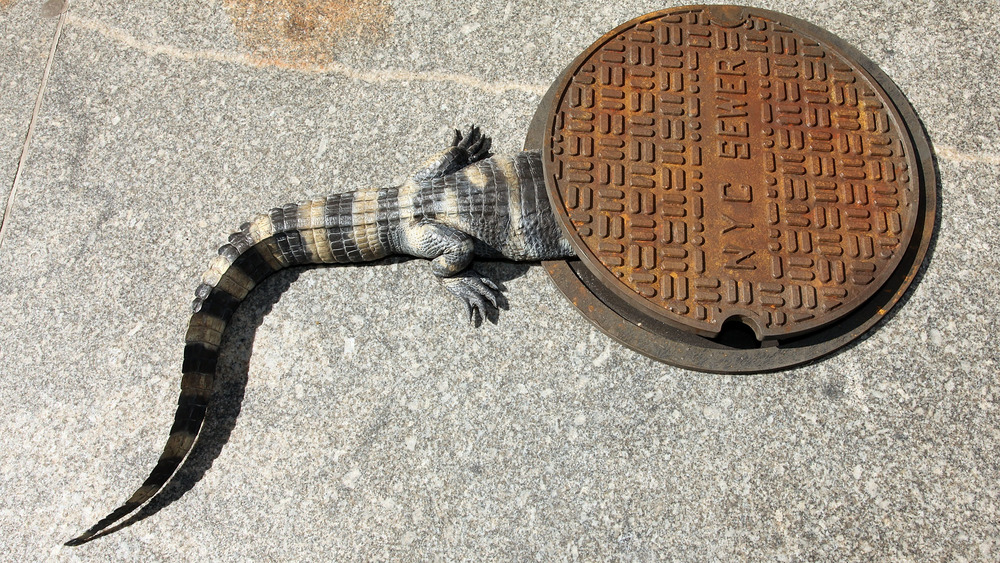
12% Of People Believe This Bizarre Urban Legend Is True

The Truth About The Unusual Tradition Of Pantsdrunk
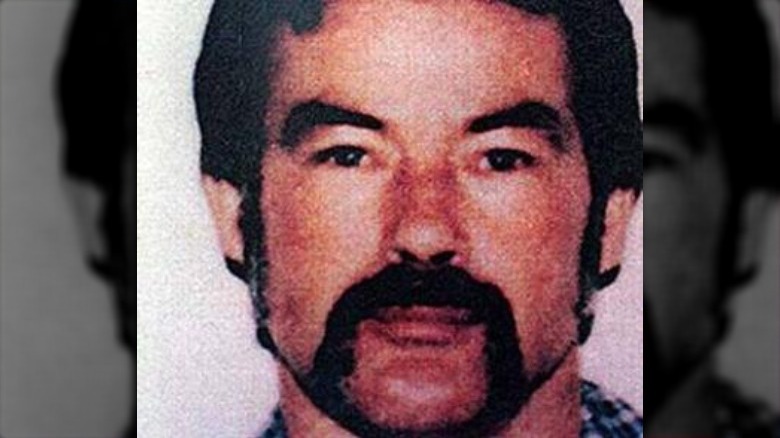

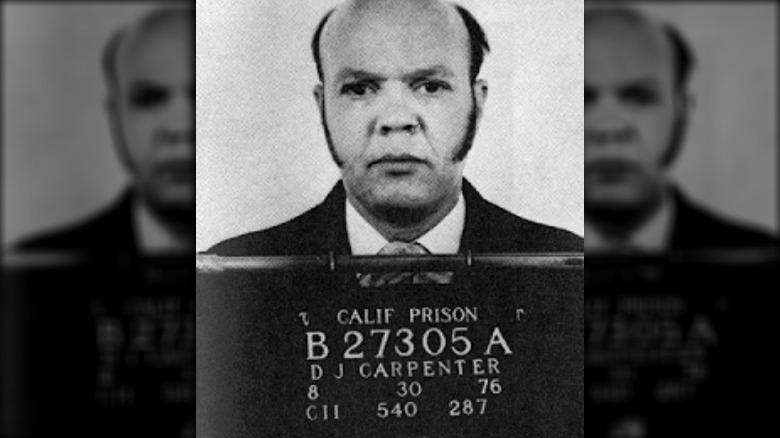

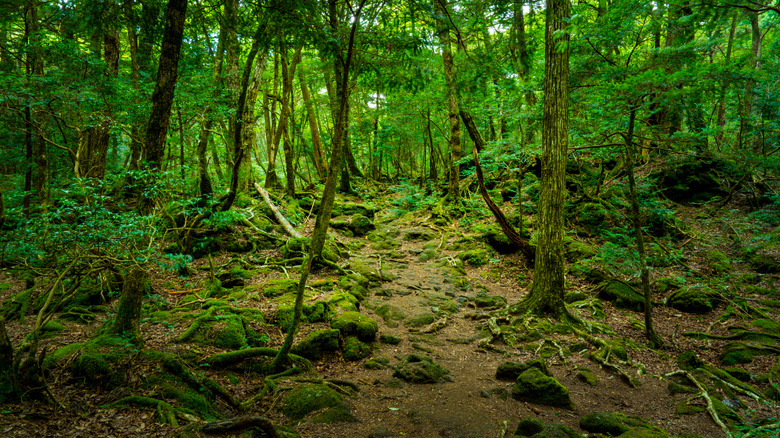

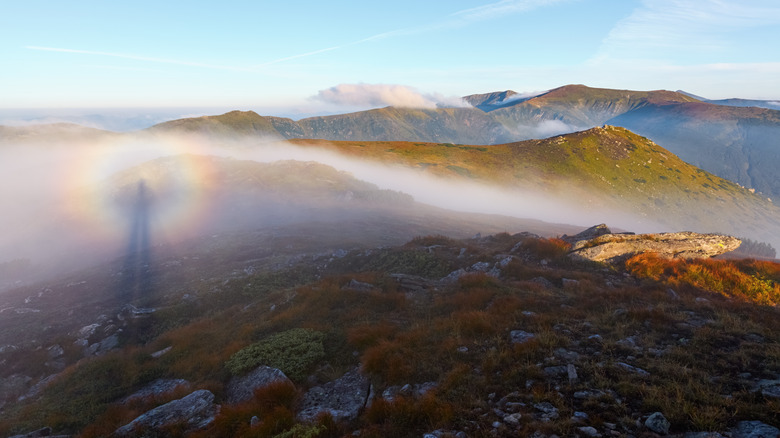

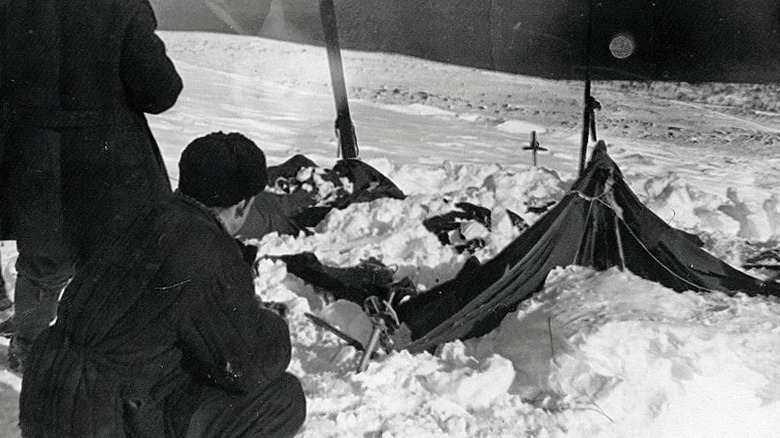
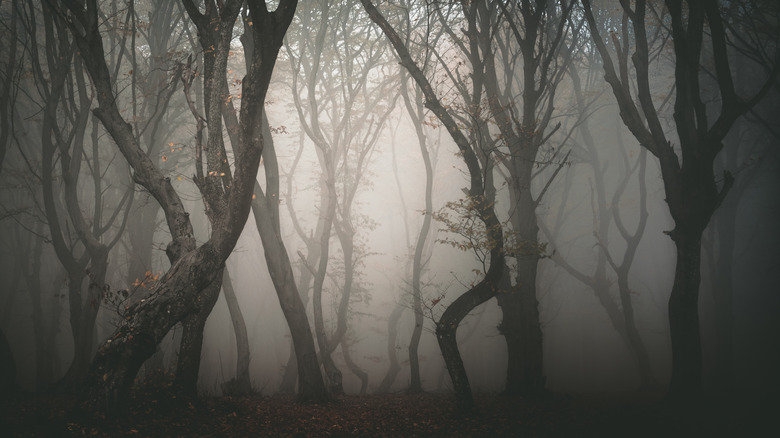
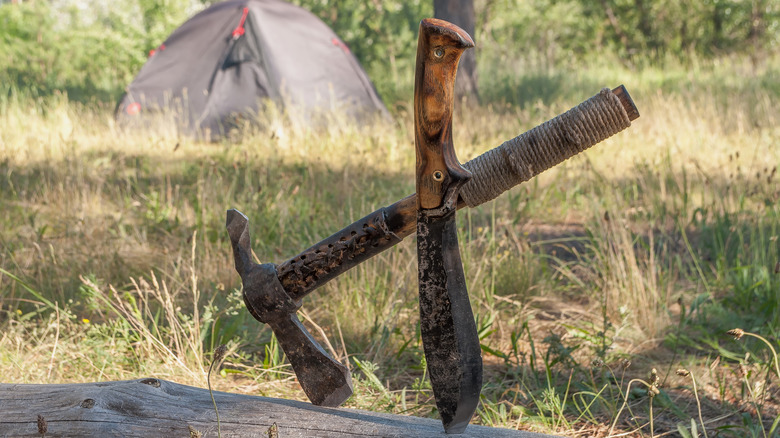

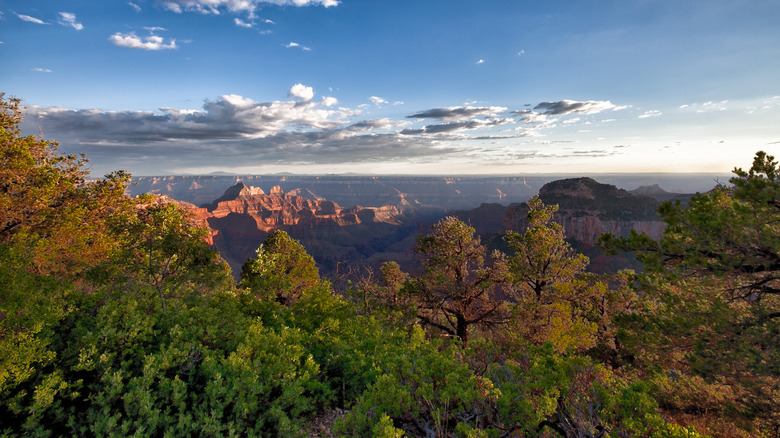


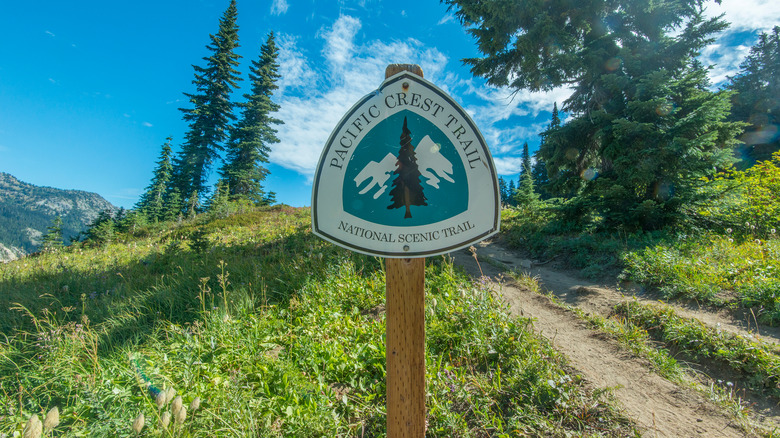




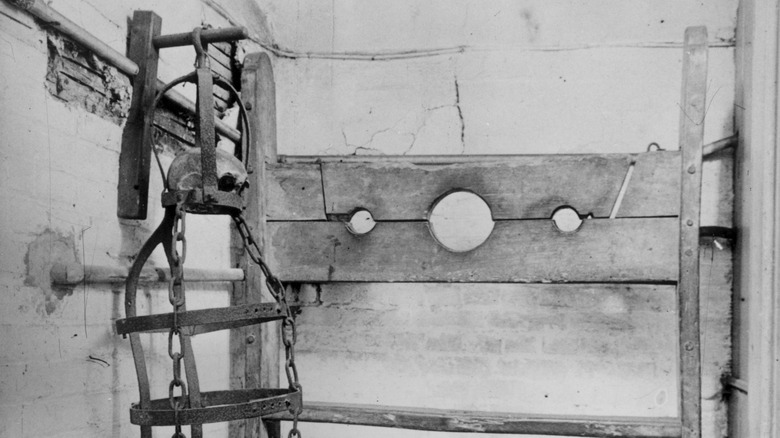





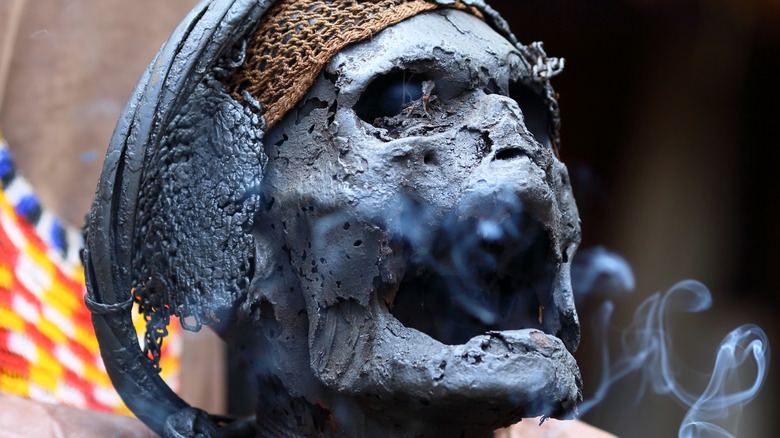












It’s really a cool and helpful piece of information. I’m satisfied that you simply shared this helpful info with us. Please stay us informed like this. Thank you for sharing.
Hi just wanted to give you a quick heads up and let you know a few of the images aren’t loading correctly. I’m not sure why but I think its a linking issue. I’ve tried it in two different browsers and both show the same results.
Howdy! Quick question that’s entirely off topic. Do you know how to make your site mobile friendly? My website looks weird when viewing from my iphone4. I’m trying to find a theme or plugin that might be able to correct this problem. If you have any suggestions, please share. With thanks!
My brother suggested I might like this website. He was totally right. This post actually made my day. You cann’t imagine just how much time I had spent for this information! Thanks!
Do you mind if I quote a couple of your posts as long as I provide credit and sources back to your webpage? My blog site is in the very same area of interest as yours and my visitors would truly benefit from a lot of the information you present here. Please let me know if this okay with you. Regards!
This design is spectacular! You certainly know how to keep a reader entertained. Between your wit and your videos, I was almost moved to start my own blog (well, almost…HaHa!) Fantastic job. I really enjoyed what you had to say, and more than that, how you presented it. Too cool!
Pretty nice post. I just stumbled upon your blog and wanted to say that I have really enjoyed browsing your blog posts. In any case I’ll be subscribing to your feed and I hope you write again soon!